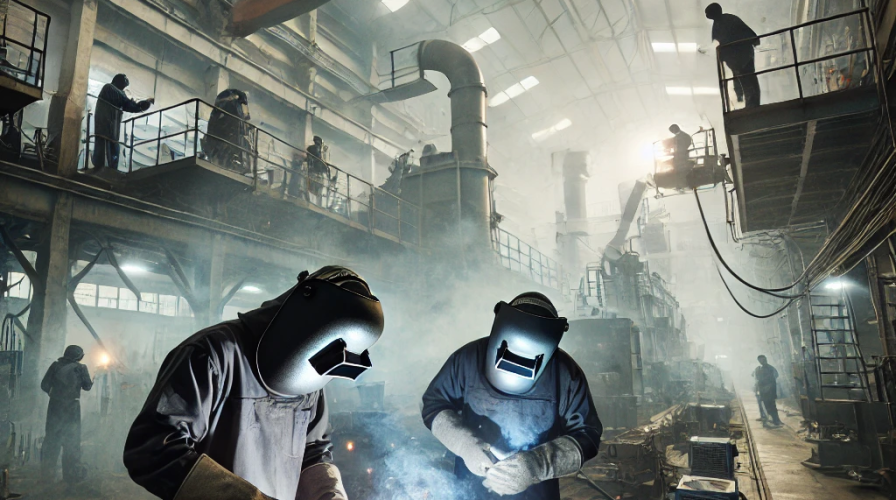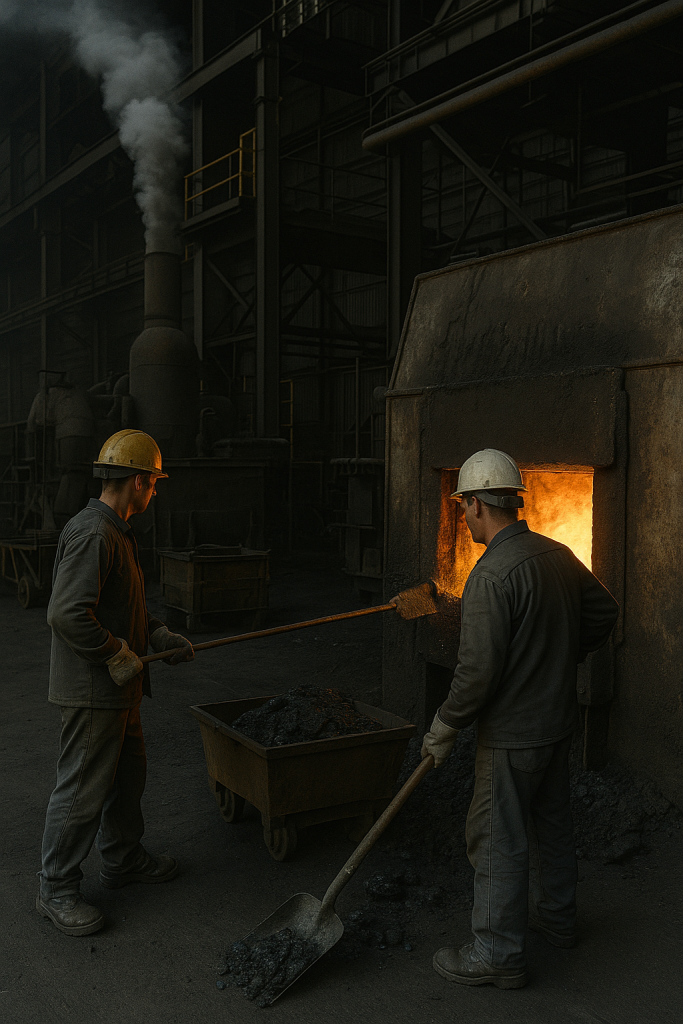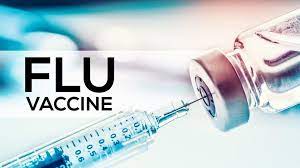Welding Fume Assessment Services: A Comprehensive Overview
Welding is a critical process in various industries, but it also poses significant health and safety risks due to the release of hazardous fumes. As a Person Conducting a Business or Undertaking (PCBU) in the industrial manufacturing sector, ensuring a safe workplace is paramount. One of the key safety responsibilities involves monitoring and managing welding fumes to protect workers and maintain compliance with safety standards. This article provides an informative overview of welding fume assessment services, focusing on the health risks, safety protocols, and the importance of monitoring in different industries.
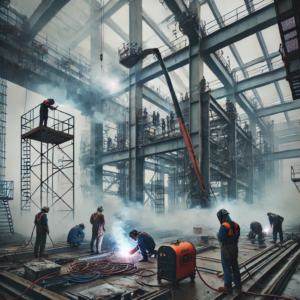
Industry-Level Facts and Figures on Welding Fume Exposure
Statistic | Data |
Number of welders globally | 11 million (World Economic Forum, 2021) |
Percentage of welders exposed to hazardous fumes | 90% (Work Safe Australia, 2020) |
Welding-related illnesses per year (globally) | Over 200,000 (Weld Australia, 2021) |
Average airborne metal fume concentration (mg/m³) | 0.2-5 mg/m³, varying by industry |
Industries with highest welding fume risks | Mining, Construction, Manufacturing, Oil & Gas |
These figures highlight the global impact of welding fume exposure and the critical need for proper monitoring and risk management practices.
Industry-Wise Welding Fume Issues
Welding is commonly used across a variety of sectors, each with its unique challenges regarding welding fume exposure:
- Mining and Quarrying: Workers are exposed to metal oxides, particularly when working in confined spaces. Welding in these conditions can lead to a concentration of harmful gases and fumes, increasing respiratory risks.
- Construction & Civil: Welding is frequently performed on large steel structures, often outdoors or in incomplete buildings. This can make fume dispersion unpredictable and lead to localized pockets of harmful exposure.
- Industrial Manufacturing: Automated and manual welding processes in confined environments can lead to a build-up of fumes. Factories often use different types of metals, further complicating fume control.
- Oil & Gas: Workers are frequently welding in environments where flammable gases are present, requiring specialized monitoring for both safety and environmental compliance.
- Agriculture: Welding of equipment is often done in poorly ventilated sheds or barns, making fume extraction difficult and increasing the risk of overexposure to harmful fumes.
Each industry has specific risks that need to be managed, and proper welding fume monitoring is essential to ensure workplace safety.
Health Effects of Welding Fumes
Welding fumes are a complex mixture of airborne particles and gases that can have severe health effects on workers. The specific health risks depend on the materials being welded and the gases generated during the process. Common health effects include:
- Respiratory Diseases: Exposure to welding fumes can cause acute and chronic respiratory issues, including asthma, bronchitis, and lung infections.
- Metal Fume Fever: This flu-like illness is caused by the inhalation of metal oxide fumes, particularly zinc fumes from galvanized steel.
- Lung Cancer: Long-term exposure to welding fumes, particularly those containing chromium and nickel (e.g., stainless steel), can increase the risk of developing lung cancer.
- Neurological Effects: Certain welding fumes, like those from manganese, can affect the nervous system, leading to cognitive decline or Parkinson’s-like symptoms.
- Eye and Skin Irritation: Welding can cause eye strain, arc eye (welding flash), and skin burns due to exposure to ultraviolet light and hot metal particles.
Understanding these health risks underscores the importance of implementing effective fume monitoring and protective measures in the workplace.
Safety Features While Operating at the Workplace
To mitigate the risks associated with welding fumes, employers should ensure the following safety measures are in place:
- Proper Ventilation: Use local exhaust ventilation (LEV) systems near the welding process to capture fumes before they reach the welder’s breathing zone.
- Personal Protective Equipment (PPE): Welders should be provided with appropriate respiratory protection such as powered air-purifying respirators (PAPRs), along with protective eyewear, gloves, and flame-resistant clothing.
- Fume Extraction Systems: Fixed and portable fume extraction units should be installed to reduce the concentration of fumes in the workplace.
- Workplace Monitoring: Regular air quality monitoring should be conducted to assess fume levels and ensure compliance with exposure limits set by safety regulations.
- Training and Education: Workers should receive training on the health risks of welding fumes and the correct usage of PPE and fume extraction equipment.
- Routine Maintenance: Ensure all welding and fume extraction equipment is maintained and checked regularly to guarantee optimal functionality.
Why Welding Fume Monitoring is Required?
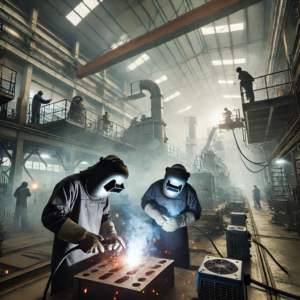
Welding fume monitoring is essential for maintaining a safe working environment. PCBUs have a legal obligation to protect their employees from exposure to harmful substances, including welding fumes. Welding generates a variety of hazardous substances based on the type of metal being welded, the welding process, and the working environment. Fumes may contain dangerous chemicals such as:
- Metal oxides (e.g., iron, manganese, zinc)
- Ozone and nitrous oxides from the arc welding process
- Toxic gases (e.g., carbon monoxide, ozone)
Air monitoring is a critical component of risk management, ensuring that fume levels remain below occupational exposure limits. In Australia, Work Safe Australia sets exposure standards, and companies must regularly monitor the air to remain compliant.
Chemical Properties of Welding Fumes for Different Metals (Weld Australia, 2021)
| Metal | Chemical Components in Fumes | Health Risks |
| Mild Steel | Iron oxide, manganese, carbon monoxide | Respiratory irritation, metal fume fever |
| Stainless Steel | Chromium VI, nickel oxide, manganese | Lung cancer, respiratory issues, skin irritation |
| Aluminium | Aluminium oxide, fluorides | Eye and respiratory irritation, lung fibrosis |
| Copper | Copper oxide, zinc oxide | Metal fume fever, lung irritation |
| Bronze Alloys | Copper oxide, zinc oxide, tin oxide | Metal fume fever, neurological effects |
| Brass Alloys | Copper oxide, zinc oxide, lead oxide | Lead poisoning, respiratory and neurological damage |
Welding fume monitoring should be tailored to the specific metals being used to ensure accurate risk assessments and proper safety controls.
How Audiometrics & Medical Personnel Can Help
Audiometrics & Medical Personnel provides comprehensive welding fume assessment services tailored to industrial, environmental, government, and commercial sectors. Our services include:
- Air Monitoring: We use state-of-the-art equipment to monitor fume concentrations in real time.
- Sample Analysis: Welding fume samples are analyzed in accredited laboratories to assess the presence of metal oxides and other hazardous substances.
- Risk Management: We offer guidance on mitigating exposure, ensuring compliance with safety standards, and reducing workplace hazards.
- Real-Time Monitoring: In environments where gases like ozone are a concern, we use advanced equipment for continuous monitoring to ensure immediate safety.
We cater to industries such as Mining, Construction, Industrial Manufacturing, Oil & Gas, and Agriculture, ensuring that all welding operations are conducted safely and in compliance with regulatory standards.
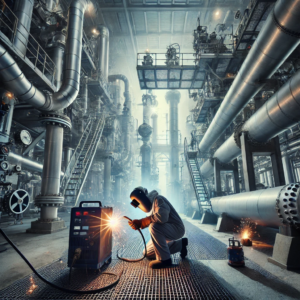
Industry Expert Insights
Dr. David Michaels, Former OSHA Assistant Secretary
“Welding fumes are a serious occupational hazard. Prolonged exposure can lead to respiratory diseases and cancer. Companies must invest in air quality monitoring to comply with safety standards and reduce health risks.”
Source: OSHA
Professor Peter Simcox, Weld Australia
“Stainless steel welding generates fumes that contain carcinogenic chromium VI. Real-time monitoring and regular audits are essential to protect workers and meet safety regulations.”
Source: Weld Australia
Conclusion
Welding fume assessment is a critical safety measure for industries where welding processes are used. By monitoring and managing welding fumes, PCBUs can protect workers from severe health risks and ensure compliance with legal safety standards. Audiometrics & Medical Personnel offers specialized welding fume monitoring services to safeguard workers across multiple industries.

